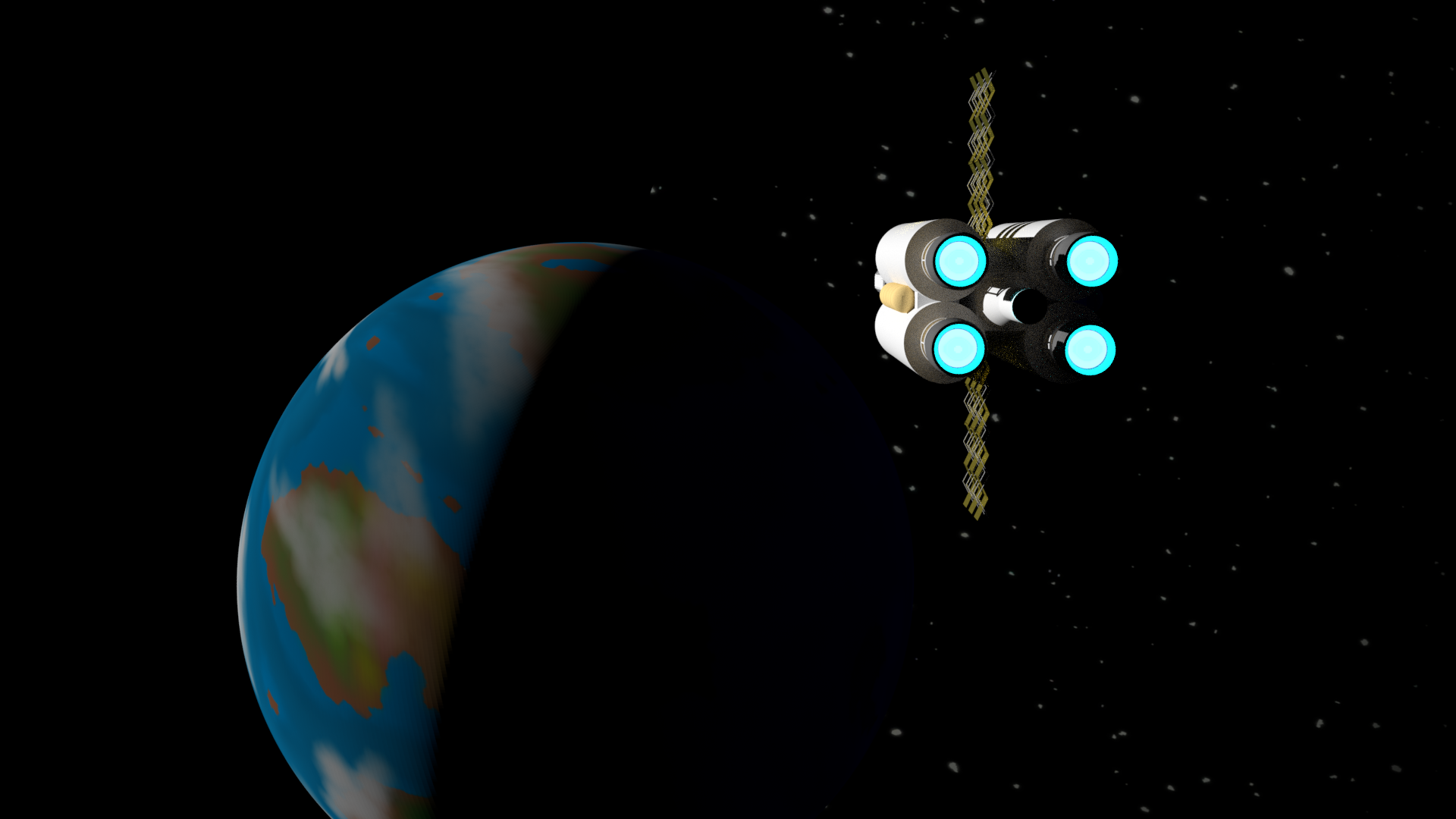Sol
The Solar system, birthplace of humanity and the central point of human civilization, is a single-star stellar system of nine planets orbiting the Sun, a G-type Main Sequence star within the Orion belt. It is home to three inhabited planets: Earth, the original homeworld of humans; Mars, an Earth-Analog and host to the second-largest human population; and Mercury, a major shipbuilding hub. These are in addition to numerous habitable moons and a number of scientific and military outposts. Sol has the capitals of most of the spacefaring human civilizations, and it is heavily protected from outside threats by an extensive multinational defense network.
Geography
The closest known planet to the sun is Mercury, a small world tidally-locked to the sun at a distance of 36 Million Miles. It is most notable for being the smallest planet in the solar system, barely larger than the moon, and for its puzzling geologic discoveries. However, the planet is rich in resources and has become a hub for mining and shipbuilding operations around its poles.
Further out is Venus, the galaxy's definitive example of a living nightmare. Prior to terraforming work started, the planet's surface was barren, volcanic, and hot enough to melt lead. It was covered in a thick layer of heat-trapping clouds that permanently obscured the surface and rained sulfuric acid. However, in the late 22nd century a wealthy entrepreneur decided on a dare to attempt to terraform the planet, and in the process discovered that it actually has a number of conditions favorable to terraforming. While the atmosphere is not yet breathable and the volcanic activity is dangerous, it has over time turned into a patchwork of hot, humid jungles and deserts with a number of settlements on the surface. Plant life is plentiful.
Earth is the third planet of Sol, orbiting at a distance of 94 million miles, and is naturally habitable to carbon-based water-solvent life. It is covered with oceans, cities, and a wide variety of ecosystems. Thousands of satellites surround the planet and four space elevators carry people and cargo into orbit.
Past Earth is Mars, one of the most similar planets to Earth ever discovered. From the beginning Mars was considered a valuable target for colonization. As soon as terraforming became possible the United States invested resources into making it more habitable to humans. In the present day the planet is covered with cities, plants, and oceans.
The next four planets are Jupiter, Saturn, Uranus, and Neptune. These are all gas giants, which makes habitability impossible, but they also have dozens of moons. Some, such as Europa and Titan, were particularly easy to inhabit. These moons are covered in small bases, mines, and settlements. The planets themselves are regularly harvested by Gas Harvesters for their hydrogen and helium atmosphere, which can be used as fuel.
Some information about the sun is from en.wikipedia.org/wiki/Sun
Star Type
G2V
Star Age4.6 Billion
Absolute Magnitude4.83
Distance from Sol0, for obvious reasons
Warp-Relative Distance0
Distance from Galactic Core27200 ly
Planetary System (known)9 planets, numerous dwarf planets
Inhabited planets3
Native LifeHumanity
LifeYes
Alternative Name(s)
Kita (Ceti), Jeevano (Centauri)
Type
Star System
Included Organizations
Contested By
Remove these ads. Join the Worldbuilders Guild



Comments